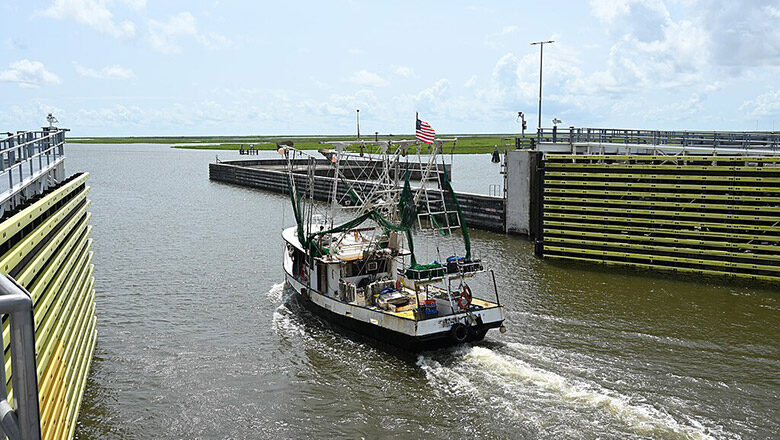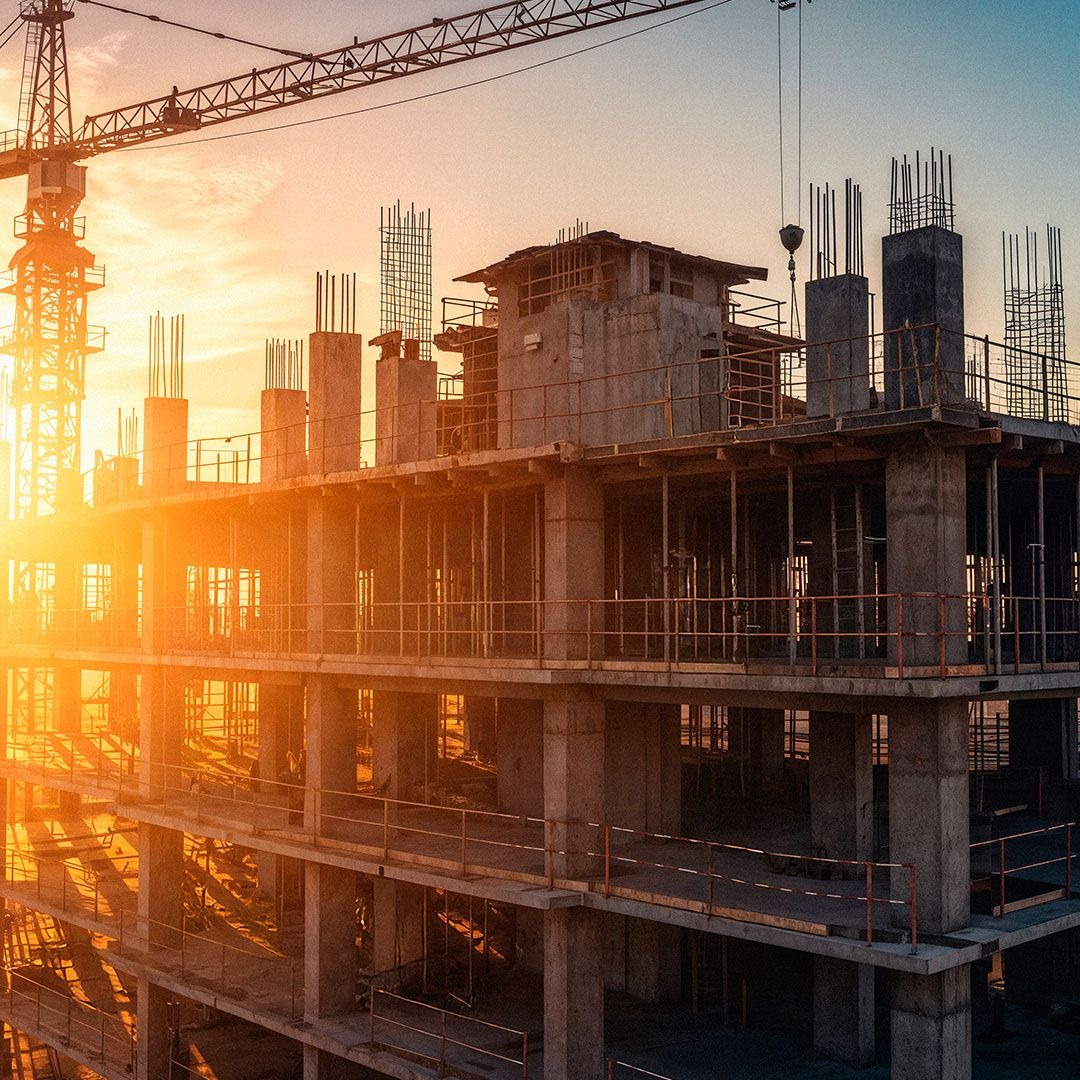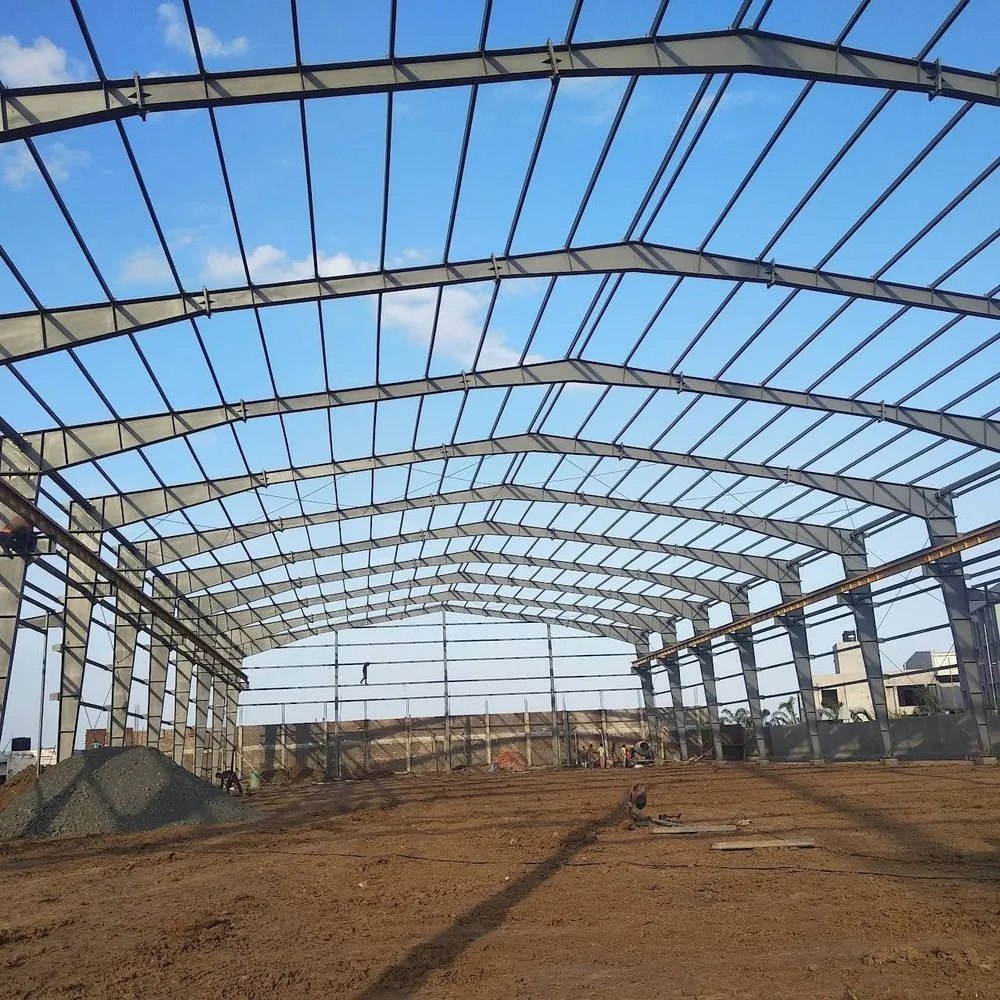
Talking Isn’t Building: More Action Needed on Surge Protection Barriers

Charles M. Hess
This year marks the 20th anniversary of Hurricane Katrina, a milestone for reflection, so a few weeks ago, I brought a group of graduate students from Tulane University’s Dept. of River-Coastal Science and Engineering to the Lake Borgne Surge Barrier in New Orleans. This wasn’t theory. This was concrete, steel and marsh. This was the real deal. They had spent a semester studying sea level rise and storm surge.
Now they were standing on 1.8 miles of barrier that reduces risk for nearly one million people—built in under four years.
We talked less about science and more about execution—about how big projects demand big thinking early and about relentless collaboration over bureaucratic competition. We also discussed how we refused to “MATOC” our way through the problem— referring to the U.S. Army Corps of Engineers’ use of multiple award task order contracts for project execution. There would be no throwing scraps to 15 competing contractors and hoping for greatness. Instead, we built a team. We focused on critical outcomes, tied contractor fees to schedule and performance and emphasized quality from day one. That’s what prevents rework. That’s what saves money, time and lives.
It was a beautiful spring day in New Orleans—low humidity, calm water. You could stand on the barrier and look west across 8 miles of marsh and open water to the city skyline with no other visible defenses in between. That view was humbling—and clarifying.
I live in the city’s Lower Garden District, a few blocks from the Mississippi River floodwall. I know exactly where I sit inside the complex risk reduction system that the Corps, many other federal, state and local agencies, and the engineering and construction community fought hard to deliver after 2005.
But I can’t say the same for the Houston-Galveston area that, like the New York City-New Jersey region, remains dangerously overexposed to coastal risk.
In that region, three coastal resilience plans are moving ahead, including the Brooklyn Bridge-Montgomery Coastal Resilience program, which involves a series of deployable and permanent barriers. But all remain in early stages and progress is painfully slow.
Multiple surge barrier concepts proposed for New York Harbor—some imaginative, some simply practical—have been floated over the last decade. They have been undercut by analysis paralysis, interagency infighting or sticker shock. In the meantime, sea level continues to rise and storm intensity grows.
Along the U.S. Gulf Coast, matters are even more drawn out. In 2011, I met with leaders in Galveston to share Lake Borgne lessons. That was 14 years ago. Despite a few design studies, they are still exposed. Every summer, the Gulf reminds us how vulnerable that region remains.
Megaprojects Can Be Delivered
I have more than five decades of experience in U.S. civil works, emergency response and infrastructure resilience. The urgency I outline is not hypothetical. It reflects a career shaped by hard-earned lessons, missed opportunities and proof that complex megaprojects can be delivered under pressure—if the will exists. For me, the priority must be aligning the parties, resources and expected outcomes into a comprehensive program.
Megaprojects aren’t impossible. But they require urgency, decisiveness and a willingness to break the mold. We don’t need more perfect plans. We need resilient ones. We need the courage to act—and the leadership to sustain it.
Today, both Houston-Galveston and the New York City-New Jersey harbor region remain dangerously exposed. Despite a generation of task forces, academic studies and storm surge modeling, both must advance beyond pilot projects and fragmented plans. Meanwhile, risk grows—not linearly, but exponentially. The infrastructure clock is ticking and our national attention span is short. At some point we must move from conversation to commitment.
Surge barriers aren’t the whole solution—but they are a critical piece. They buy time, reduce infrastructure risk and give planners and communities a fighting chance. Because when the next major storm hits Houston or New York City, nobody’s going to care who chaired the last stakeholder meeting. They will ask: where was our protection?
Post a Comment
You must be logged in to post a comment.





